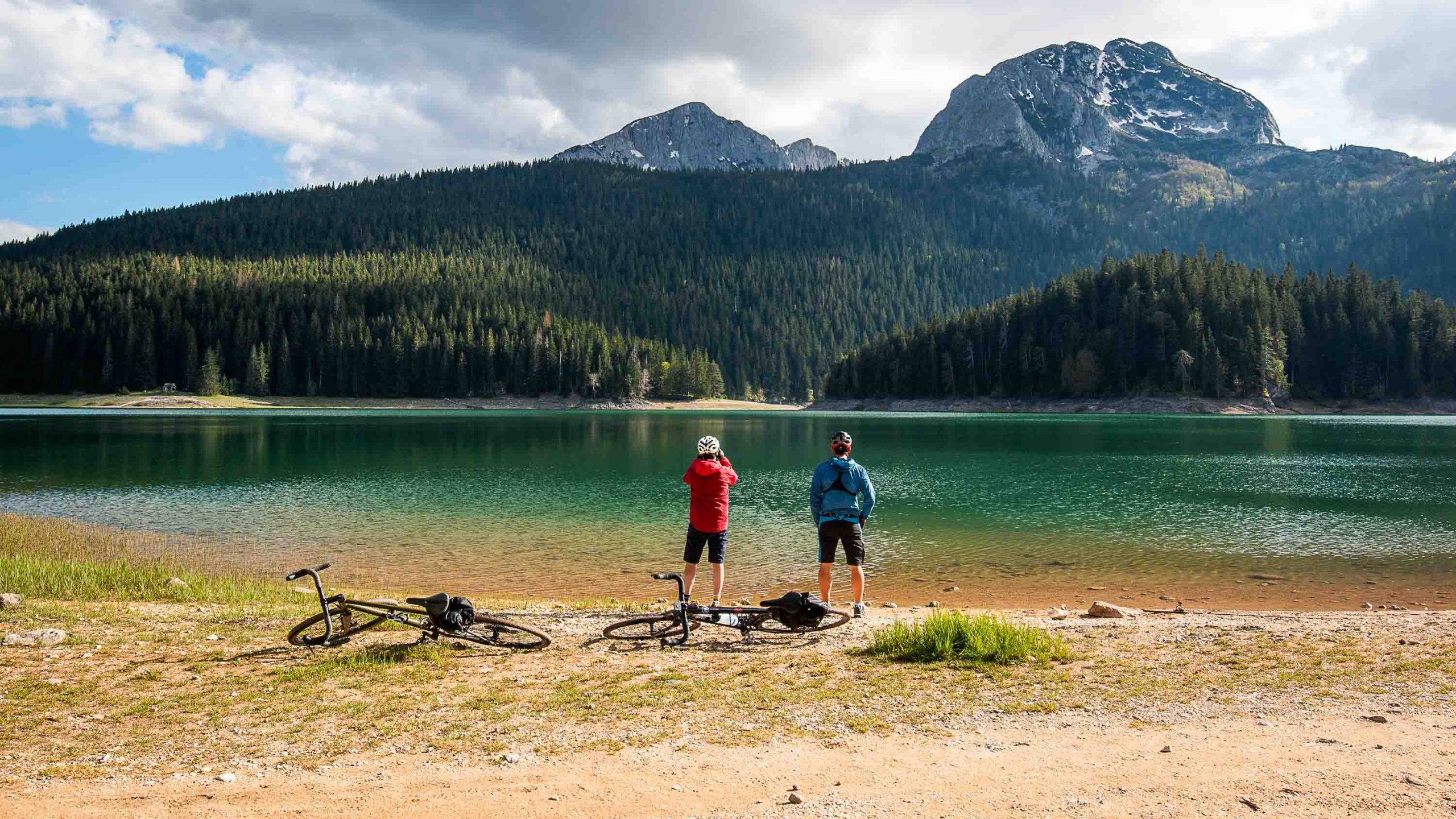I roll to a stop as several hundred sheep burst onto the road in front of me. Running behind them are two sheepdog puppies doing their best herding. I watch their chaotic, yapping efforts until I can cycle past and continue across the mountain plateau, surrounded by grazing livestock, rolling grass, and rocky peaks.
I’m on the Trans Dinarica, a 5,500-kilometer bike route that opened in July this year. Winding its way through eight countries of the Western Balkans—Slovenia, Croatia, Bosnia and Herzegovina, Montenegro, Albania, Kosovo, North Macedonia, and Serbia—it crosses some of the most remote regions of Europe, and is the only trail to connect these nations.
When I first heard about the trail, I knew I had to do it. Overtourism is a growing concern across much of Europe, and this summer saw locals from Barcelona, the Canary Islands and Athens protesting against visitor numbers that they believe have made their environments more expensive, crowded, and polluted. These incidents have also led me to seek out itineraries in remote areas—areas that hopefully benefit, rather than suffer, from having guests, and the Trans-Dinarica seemed to do just that.
But even as I started planning my route, I had no idea I’d end up eating strudel in the home of a Slovenian painter, exploring WWI trenches, and getting a tattoo in an Albanian bunker.

